On Saturday, demonstrators flooded streets, parks, and plazas across the U.S. for the “No Kings” protests, organized in opposition to what they perceive as authoritarian actions by the Trump administration. The protests, which spanned nearly 2,000 locations, included marches, speeches, and loud chants for democracy, immigrant rights, and the protection of free speech.
What is “No Kings” Day?
The “No Kings” Day of Defiance is part of a larger movement led by the 50501 Movement, which stands for 50 states, 50 protests, and one unified message.
The protests aim to reject authoritarianism, billionaire-first politics, and the militarization of democracy, while also calling for President Donald Trump to be “dethroned.” Protesters have compared Trump’s actions to those of a king rather than a democratically elected president.
Organizers have emphasized the movement’s commitment to nonviolent action and called on protesters to de-escalate confrontations if they arise.
The protests were timed to coincide with the Army’s 250th anniversary military parade, which Trump attended, marking his 79th birthday. The Army’s parade was expected to cost between $25 million to $45 million, drawing crowds of up to 200,000 people.
Nationwide Demonstrations
The “No Kings” protests were planned across major U.S. cities, including New York, Los Angeles, Chicago, Houston, Denver, and Philadelphia, with protesters calling for political change and for Trump’s influence to be diminished. Some of the largest demonstrations took place in Los Angeles, Atlanta, and Philadelphia.
In Los Angeles, where previous protests against immigration raids have taken place, demonstrators were largely peaceful. However, police had to issue a dispersal order near the federal building after objects were allegedly thrown at officers. This came after a violent confrontation earlier in the day when law enforcement deployed smoke and detained several individuals.
Specific Incidents and Threats
The protests were not without controversy, as Minnesota officials canceled all “No Kings” protests after a politically motivated assassination attempt on Democratic lawmakers Melissa Hortman and John Hoffman.
Authorities discovered a hit list containing the names of lawmakers and others, which was found in the vehicle of the suspect. The shootings occurred just hours before the protests were set to take place.
In Texas, state legislators received a credible threat ahead of planned protests at the state capitol in Austin, prompting the state’s Department of Public Safety to make arrests. The National Guard was mobilized in several states to ensure the safety of the protests and maintain public order.
Support and Calls for Peace
Despite some confrontations, Governor Tim Walz and other public figures urged for calm and peaceful protests. Governors across the country, including Virginia, Missouri, and Nebraska, deployed National Guard troops to ensure law and order during the weekend’s events.
However, Governor Bob Ferguson of Washington emphasized the importance of peaceful protest and condemned any attempt to use the situation to question the state’s ability to handle public safety.
Protest organizers, including Dani Negrete from Philadelphia, stressed that the events would remain well-organized and peaceful, sending a strong message about standing up for democracy. District Attorney Larry Krasner of Philadelphia also called for peace, invoking Martin Luther King Jr.’s legacy of nonviolence.
“No Kings” Day and the Message of Resistance
The No Kings Day protests mark an important moment for the movement, as demonstrators seek to send a powerful message against the Trump administration’s actions. The protests reflect growing concerns over the militarization of politics, authoritarianism, and the erosion of democratic rights.
While the day saw peaceful demonstrations in most cities, tensions remain high as protesters continue to stand against what they perceive as threats to democracy and freedom.



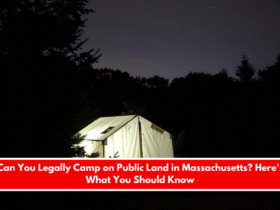
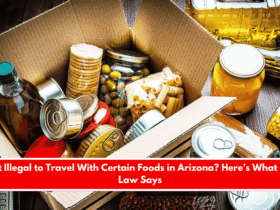
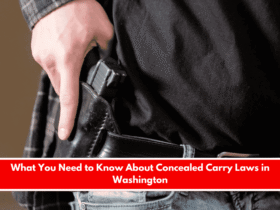

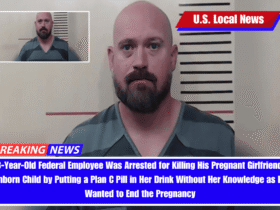
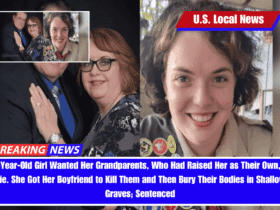


Leave a Reply